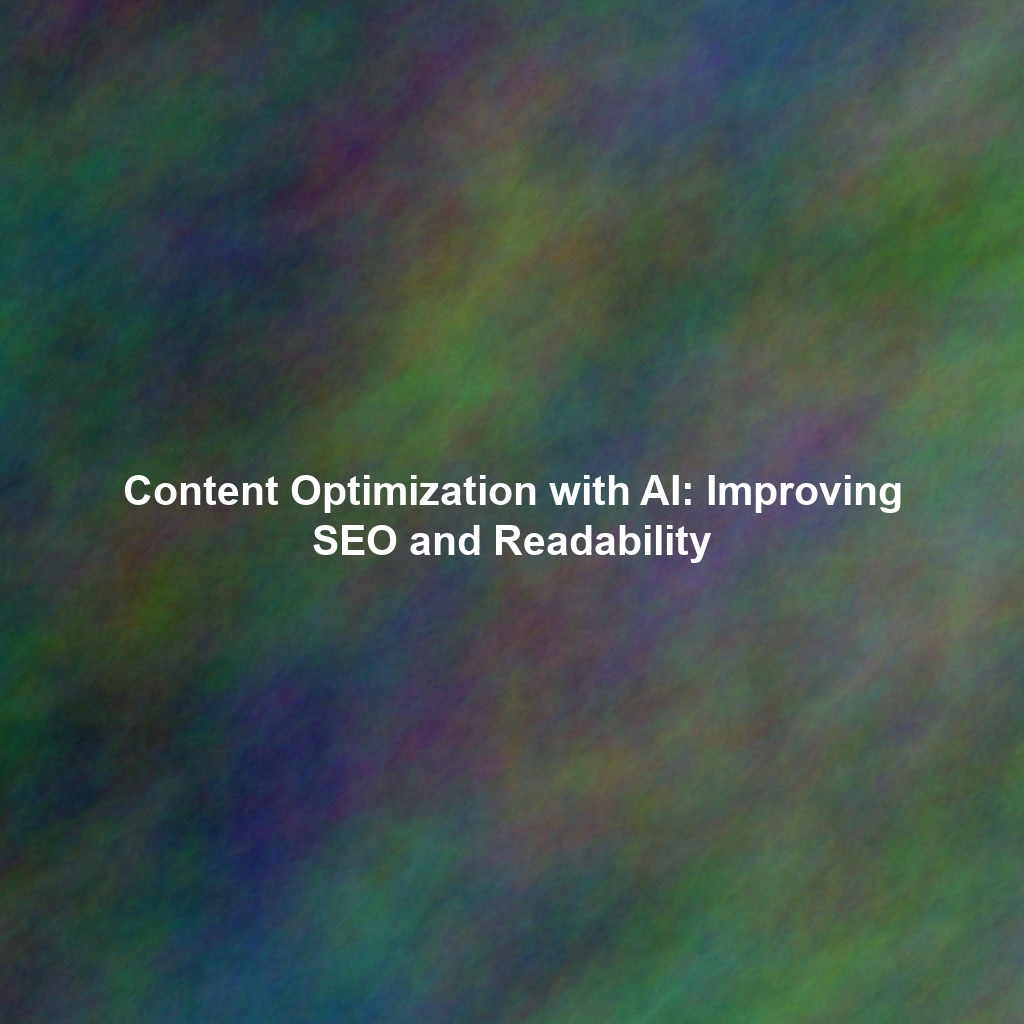The Evolution of Personalization: From Segmentation to Hyper-Personalization
Traditional marketing segmentation groups individuals based on shared characteristics like demographics, industry, or job title. This approach allows for more targeted messaging than a one-size-fits-all strategy. However, it still treats individuals within a segment as homogeneous, ignoring the nuances of their individual needs, behaviors, and preferences.
Hyper-personalization takes personalization to the next level. It leverages advanced data analytics, artificial intelligence (AI), and machine learning (ML) to understand each individual lead on a deeper level. This allows you to deliver content, offers, and interactions that are relevant and valuable to that specific person, creating a truly individualized experience.
Harnessing the Power of Data Analytics, AI, and Machine Learning
The foundation of hyper-personalization lies in collecting and analyzing vast amounts of data. This data can come from various sources, including:
- Website behavior: Pages visited, content downloaded, time spent on site.
- Email interactions: Opens, clicks, replies.
- Social media activity: Likes, shares, comments.
- CRM data: Demographics, purchase history, previous interactions.
- Third-party data: Supplementing existing data with information from trusted external sources (with ethical considerations).
AI and machine learning algorithms then analyze this data to identify patterns, predict future behavior, and personalize the customer journey. Here are some key applications:
Dynamic Content Based on Individual Behavior
Imagine a prospect visits your website and downloads a whitepaper on SEO for e-commerce. With dynamic content, the next time they visit, they might see blog posts, case studies, and product demos specifically related to e-commerce SEO. This dynamic adaptation of content based on past behavior significantly increases engagement and conversion rates.
Predictive Lead Scoring for Enhanced Prioritization
Traditional lead scoring assigns points based on pre-defined criteria. Predictive lead scoring uses machine learning to analyze historical data and identify the factors that are most indicative of a lead’s likelihood to convert. This allows you to prioritize your sales efforts on the leads that are most likely to become customers, maximizing efficiency and ROI.
Personalized Email Sequences Triggered by Specific Actions
Instead of sending generic email blasts, hyper-personalization enables you to create automated email sequences that are triggered by specific actions taken by a lead. For example:
- A lead who abandons a shopping cart receives an email offering a discount and reminding them about their items.
- A lead who attends a webinar receives a follow-up email with a personalized summary of the key takeaways and relevant resources.
- A lead who requests a demo receives an email with a calendar link to schedule a personalized consultation.
These personalized email sequences are far more effective than generic emails because they address the lead’s specific needs and interests at the right time.
Implementing Hyper-Personalization: A Strategic Approach
Implementing hyper-personalization requires a strategic approach and the right technology stack. Here are some key steps:
- Define your goals: What do you want to achieve with hyper-personalization? Increase conversion rates? Improve customer retention? Enhance customer satisfaction?
- Choose the right tools: Select a marketing automation platform and CRM that support advanced personalization features.
- Collect and analyze data: Implement tracking mechanisms to gather data from various touchpoints.
- Segment your audience: While moving beyond basic segmentation, understanding fundamental groupings can still inform your hyper-personalization strategy.
- Create personalized content: Develop content variations tailored to different segments and individual behaviors.
- Automate your processes: Use automation tools to trigger personalized emails, display dynamic content, and personalize the customer journey.
- Test and optimize: Continuously test different personalization strategies and optimize your campaigns based on the results. A/B testing different subject lines or content variations can yield significant improvements.
Ethical Considerations of Hyper-Personalization
While hyper-personalization offers tremendous potential, it’s crucial to consider the ethical implications. Over-personalization can feel intrusive and creepy, leading to a negative customer experience. Transparency and respect for privacy are paramount.
- Transparency: Be upfront about how you collect and use data.
- Consent: Obtain explicit consent before collecting personal data.
- Data security: Protect customer data from unauthorized access and breaches.
- Privacy: Give customers control over their data and the ability to opt-out of personalization.
- Avoid manipulation: Use personalization to provide value and enhance the customer experience, not to manipulate or exploit customers.
Striking the right balance between personalization and privacy is essential for building trust and fostering long-term customer relationships.
Conclusion: The Future of Inbound Marketing is Personalized
Hyper-personalization is no longer a futuristic concept; it’s a reality that’s transforming inbound marketing. By leveraging the power of data analytics, AI, and machine learning, you can create truly individualized experiences that attract, engage, and delight your customers. While implementing this strategy requires careful planning and ethical considerations, the potential rewards – increased conversion rates, improved customer retention, and enhanced brand loyalty – are well worth the effort. Embrace hyper-personalization and position your inbound marketing strategy for success in the evolving digital landscape.
 Skip to content
Skip to content

